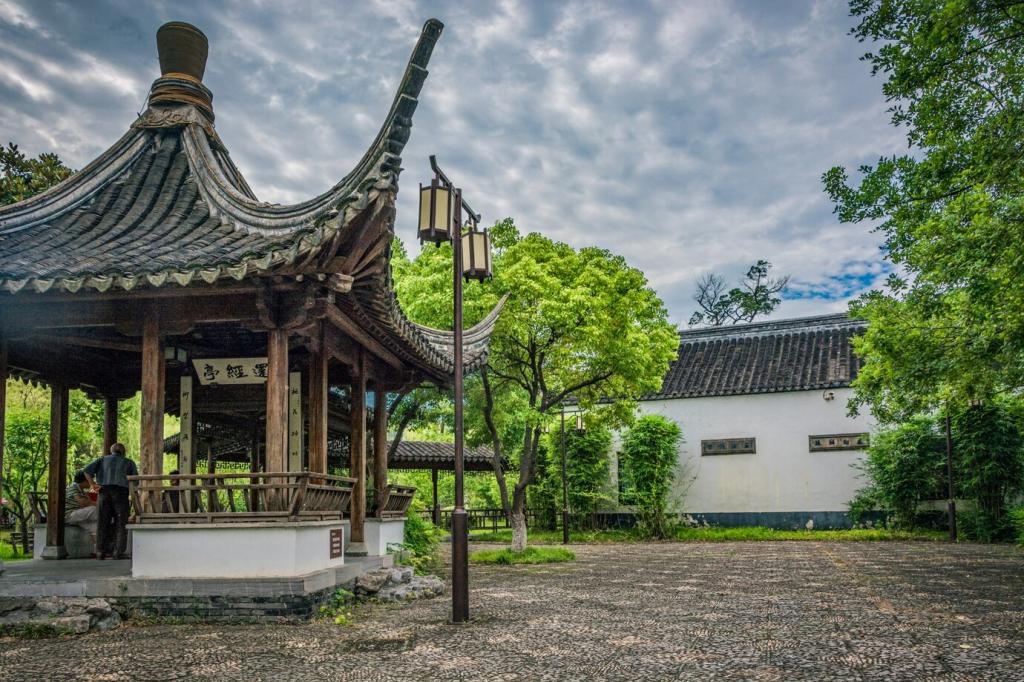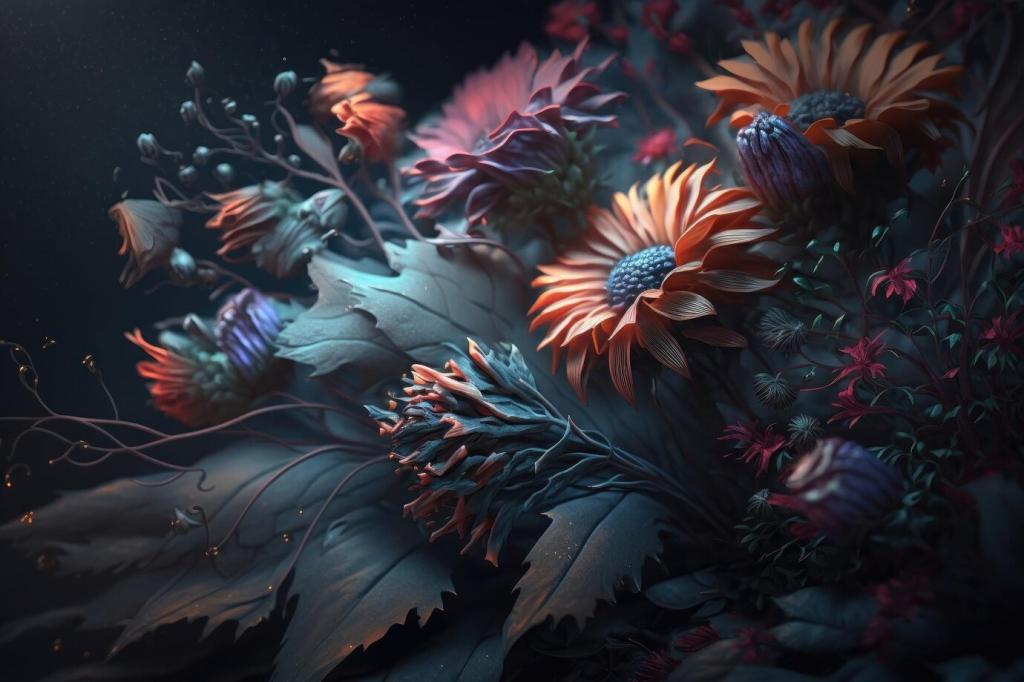
Color Palettes in Minimalist Gardens: Quiet Hues, Lasting Calm
Chosen theme: Color Palettes in Minimalist Gardens. Explore how restrained hues, thoughtful materials, and seasonal nuance can transform simple spaces into deeply soothing sanctuaries. Subscribe for fresh ideas and share your palette experiments with our community of design-loving gardeners.
Foundations of Minimalist Garden Color
Begin with neutrals that ground the space: soft gray concrete, pale limestone gravel, and evergreen foliage in deep, steady greens. These hues create negative space, letting structure breathe. Notice how a single undertone, warm or cool, ties surfaces together without demanding attention.
Foundations of Minimalist Garden Color
Pick one accent and repeat it with intention. A rusted corten edge, a blue glazed vessel, or a coral-bark maple can hold the garden’s emotional note. Repetition, not variety, builds confidence and rhythm, guiding the eye without overwhelming it.
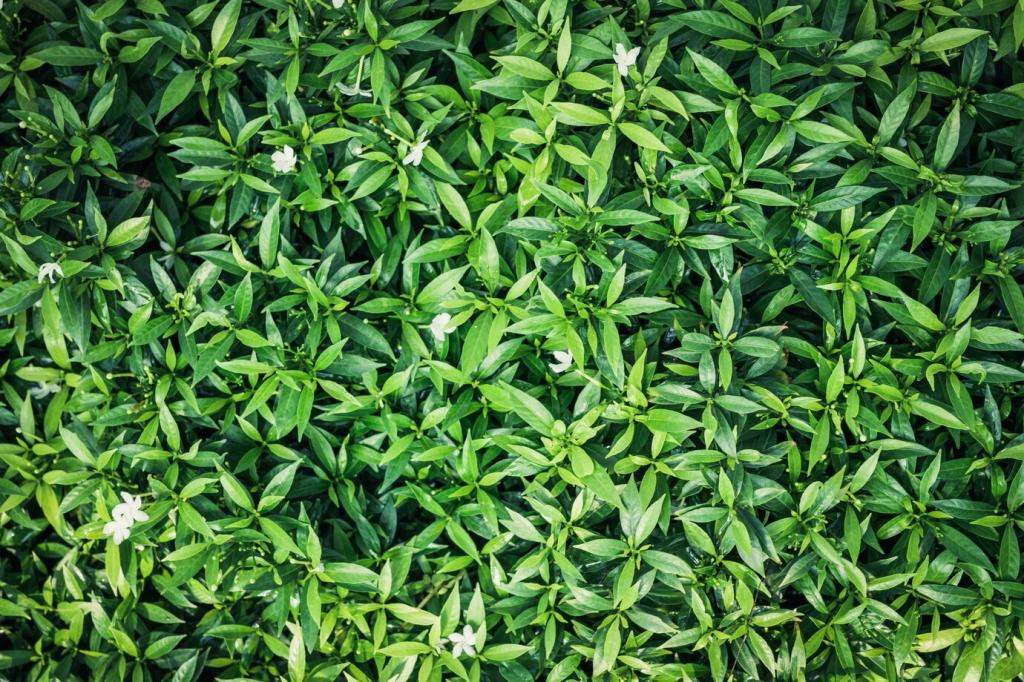
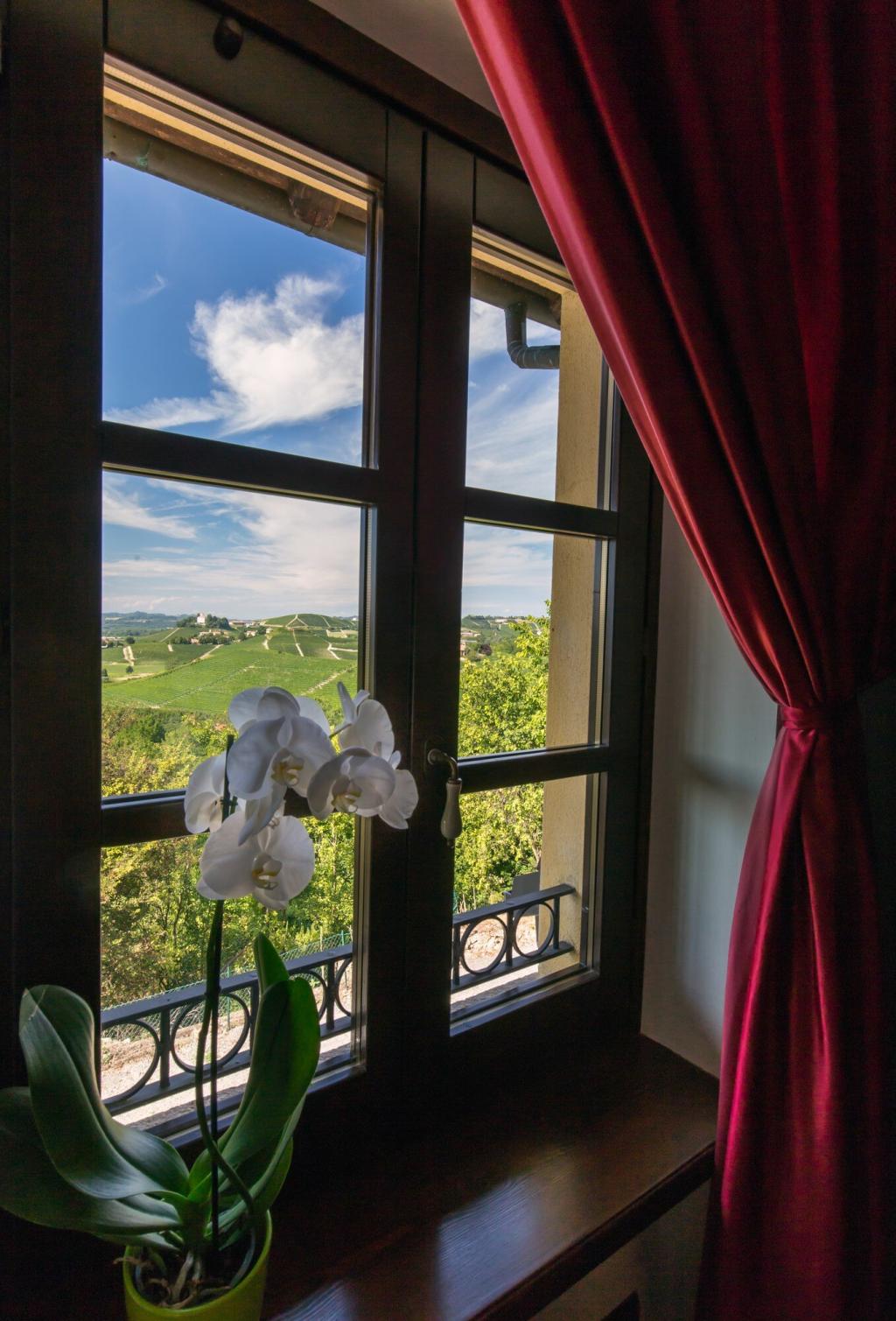
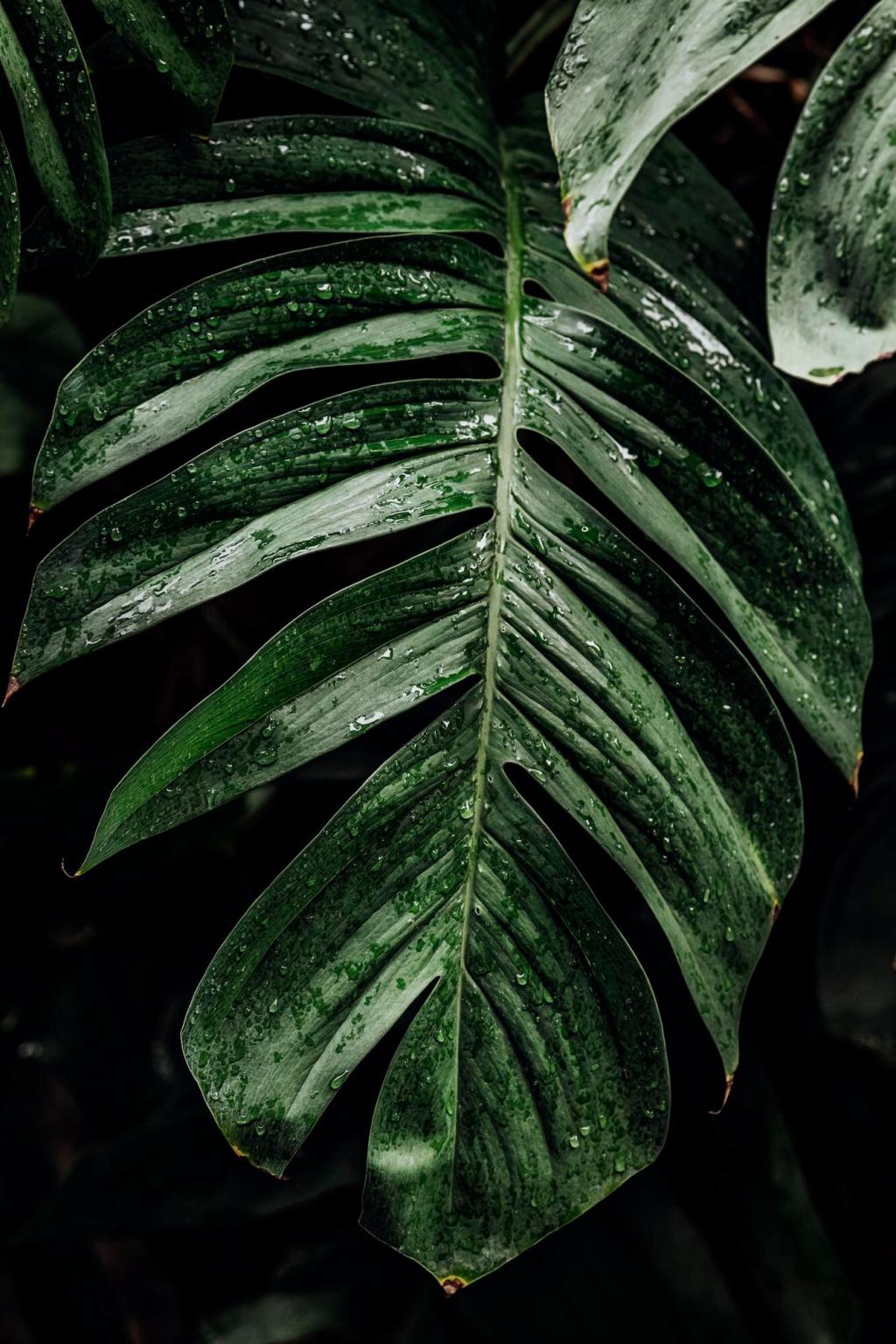
Evergreens as Canvas
Boxwood, yew, and podocarpus provide dependable green planes that unify beds and sightlines. Their consistent color steadies seasonal accents, while clipped silhouettes add sculptural presence. Even a small courtyard benefits from this calm background, making every bloom feel intentional rather than random.

Grasses and Movement
Feathered grasses like Stipa tenuissima and blue oat grass add motion and shimmering tones that change with light. Their straw, blue, and soft green hues soften hard edges and anchor cool palettes. At dusk, they glow gently, enriching minimal schemes without adding visual clutter.
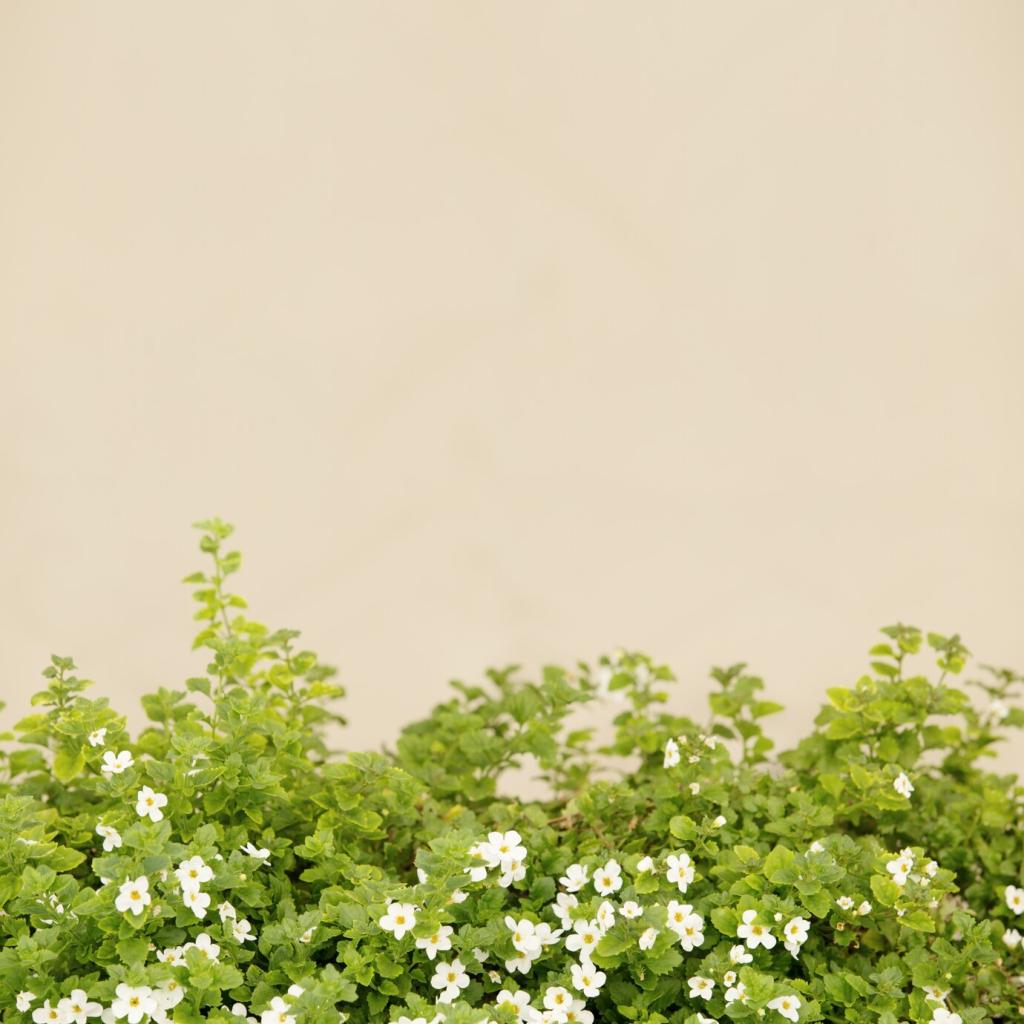
Single-Color Perennials
Restrict flowering plants to one color family for purity. White echinacea, agapanthus, and salvia offer elegant highlights without fracturing harmony. Pollinators still feast, and you enjoy a serene, gallery-like effect. Which single-color perennial would you champion in your minimalist palette?
Materials and Surfaces: Hardscape Color Harmony
Limestone reads warm and bright, basalt leans cool and shadowed. Concrete’s aggregate shifts tone when wet, and gravel warms or cools the composition. Sample materials on-site, in sun and shade, dry and after rain. Subtle undertones can make or break a minimalist palette.
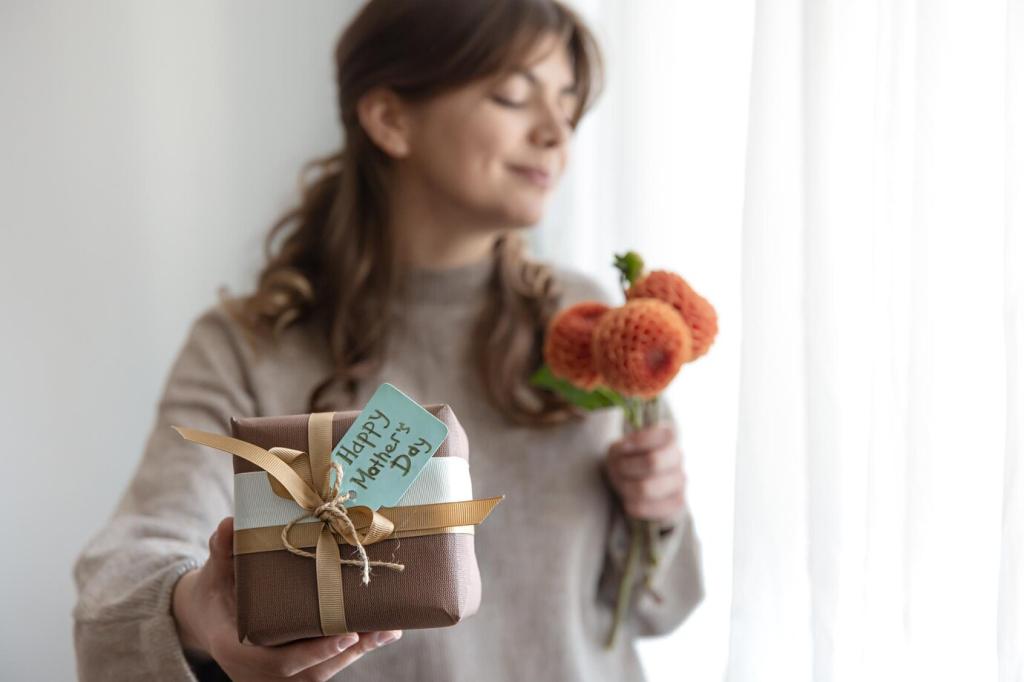
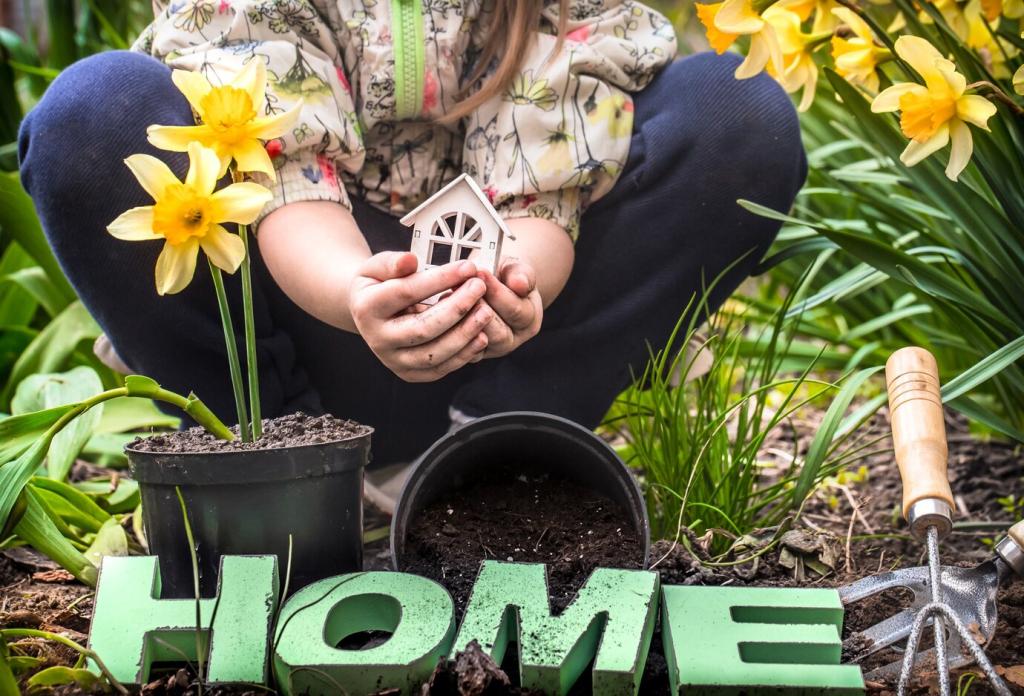
Materials and Surfaces: Hardscape Color Harmony
Corten steel contributes earthy orange, blackened steel provides depth, and charred cedar offers a velvety black backdrop. Teak silvers over time, harmonizing with cool schemes. Choose one dominant material color and echo it in planters, edges, or screens to reinforce cohesion and calm.
Design Strategies: Composing a Minimalist Palette
Choose a base, a secondary, and a single accent. Aim for a 60–30–10 balance, carrying one undertone through surfaces and plants. Sample swatches together, and eliminate anything that argues. Editing is design’s secret engine. Share your trio and why it calms you.
Design Strategies: Composing a Minimalist Palette
A monochrome green garden can feel luxurious, not dull. Combine glaucous, lime, and deep forest greens, relying on texture and scale for drama. Avoid busy variegation. In one courtyard, this approach quieted street noise psychologically; the client said their breathing literally slowed.
Design Strategies: Composing a Minimalist Palette
Color steers movement. Pale gravel attracts light and draws you forward; a dark timber deck recedes, inviting pause. Repeat tones from entry to destination to create a subtle thread. Sketch your path colors, then walk the route and notice how your pace changes.
Container Cohesion
Choose one container color across sizes, such as matte charcoal or warm sand. Add a single contrasting vessel as the accent. Topdress with matching gravel to tidy soil lines. Limit foliage tones to two or three. Post your container lineup and we will feature favorites.
Vertical Planes
Paint boundary walls in one quiet tone, then layer a neutral trellis or slim slatted screen. A restrained green wall using two species creates depth without chaos. Shadows become a design element, adding soft gradients that enrich the minimalist palette throughout the day.
Nighttime Palette
Cool-toned foliage gleams under warm light, while white blooms glow like lanterns at dusk. Keep fixtures discreet and avoid color-changing lamps that fracture mood. Night amplifies minimalism when highlights are precise. Tag your evening photos; we love seeing calm gardens after dark.
Stories from the Field: Real Projects and Lessons
The Courtyard That Breathed
A client’s small patio felt busy with terracotta, bright plastics, and mixed gravels. We edited to sage foliage, charcoal pavers, and a single corten bench. The space exhaled. Neighbors asked if it had grown. Subscribe for the full plan and plant list breakdown.
A Townhouse Ribbon Garden
In a narrow side yard, basalt steps, low yew hedges, and one crimson Japanese maple formed the palette. Spring white thyme blooms provided a fleeting shimmer. The owner said the corridor felt wider. Which single accent would you choose for a tight urban strip?
Resilience in Drought
We leaned into olive, silver, and charcoal: artemisia, rosemary, and pale gravel over drip irrigation. The restrained palette looked cooler in heat, and maintenance dropped. Minimalist color can be climate-wise too. Comment with your water-smart color combinations that still feel elegant.
